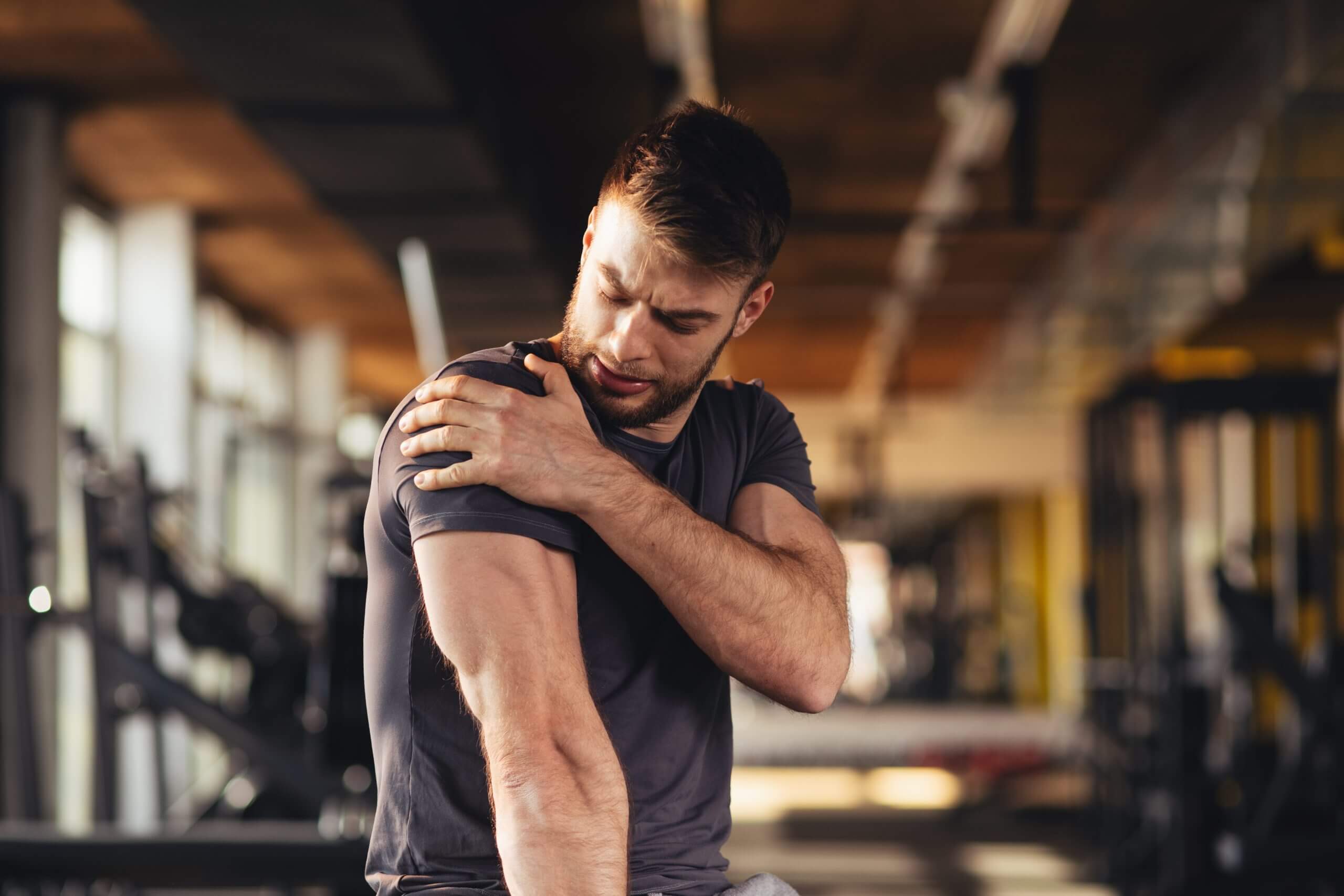MUSCLE STRAINS & LIGAMENT SPRAINS
Sprains involve overstretching or tearing of ligaments and/or joint capsules. Ligaments are fibrous tissues that connect bones and provide stability to joints. Joint capsules surround synovial joints, sealing the joint space and offering stability through proprioceptive nerve endings.
Sprains are classified into three grades:
- Grade 1 (mild): Slight overstretching and minimal damage to ligament fibers.
- Grade 2 (moderate): Partial tearing of the ligament, resulting in abnormal looseness (laxity) in the joint during specific movements.
- Grade 3 (severe): Complete ligament tear causing severe instability and rendering the joint nonfunctional.
Strains involve overstretching of muscle or tendon fibers. Muscle fibers are the individual units comprising muscles, while tendons are dense fibrous cords connecting muscles to bones or structures, enabling movement.
Strains are classified into three grades:
- Grade 1 (mild): Mild disruption of muscle fibers, presenting with mild swelling, tenderness, and pain during stretching or muscle use.
- Grade 2 (moderate): Moderate damage to muscle fibers with moderate to severe pain, making it painful to use and stretch the injured muscle. Bruising may occur.
- Grade 3 (severe): Complete muscle tear or separation from the associated tendon, characterized by severe pain, loss of muscle strength, swelling, bruising, and a palpable indentation where the tear occurred.
For initial treatment of sprains and strains, the RICE method is recommended for 24 to 48 hours:
– Rest the injured joint or extremity, using slings, crutches, or splints as necessary.
– Apply ice for 20 minutes every hour.
– Compress the area with an elastic bandage or brace, or buddy-tape for toe injuries.
– Elevate the injured area above the heart, if possible.
– Over-the-counter pain relievers like acetaminophen or non-steroidal anti-inflammatory drugs (NSAIDs) can help reduce swelling and pain. However, it is important to have the injury evaluated by a doctor to rule out fractures or severe sprains or strains.
Most mild sprains and strains heal within a few days to a week, and physical therapy can aid in restoring range of motion and providing injury prevention techniques. If symptoms do not improve or if certain warning signs such as an audible popping sound, worsening pain and swelling, fever, difficulty walking or standing, limited flexibility, numbness or tingling, joint deformity, or signs of instability occur, immediate medical evaluation is necessary.
Moderate sprains and strains may require bracing followed by physical therapy, while severe cases may require surgical repair followed by rehabilitation through physical therapy.
